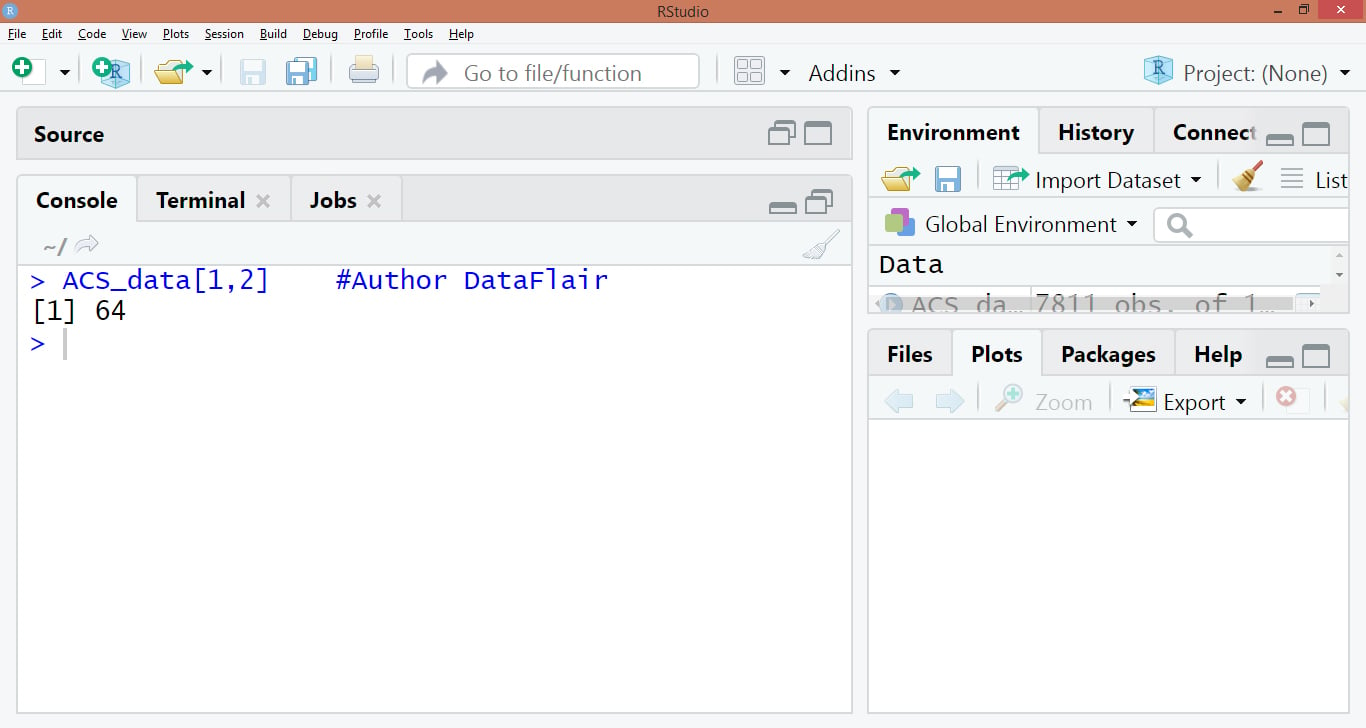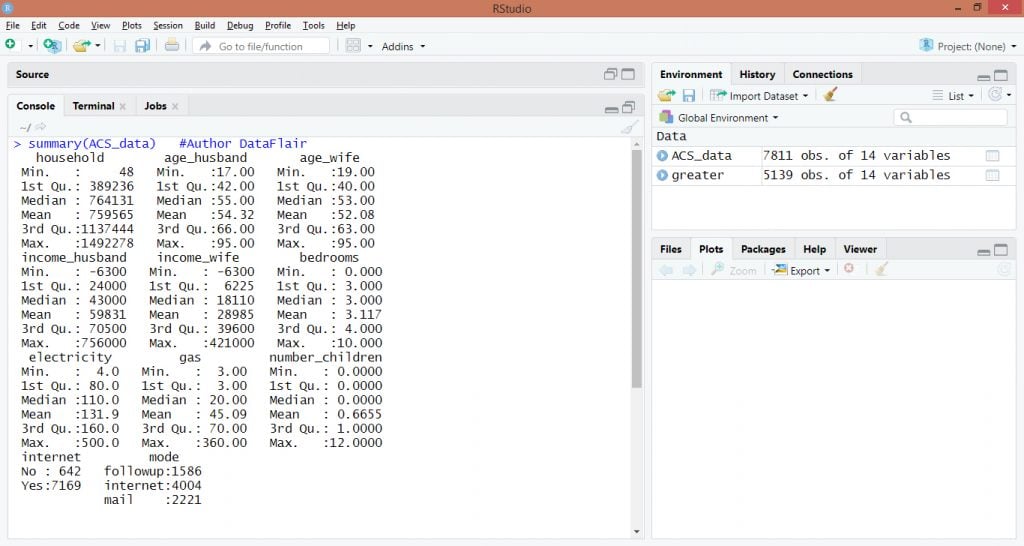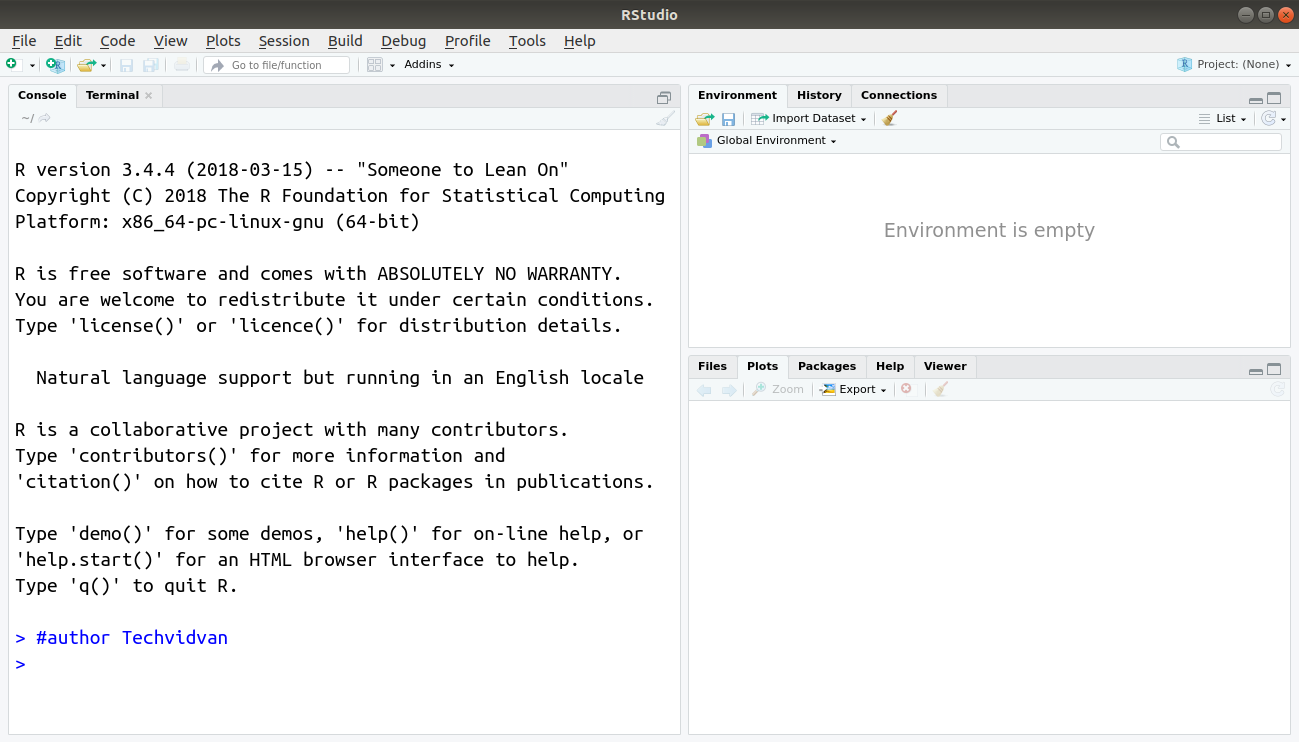



Please first read through each of the md files in the basics folder to be able to create an Rstudio Cloud account, log in RStudio Cloud, and clone this GitHub repository (repo). This guide assumes the user has functional knowledge of R and RStudio.
Rstudio tutorial how to#
Short guide on how to use the great features of RStudio Cloud in conjunction with SHARP Training courses. RStudio Cloud Tutorial for participants in Columbia Mailman SHARP Training Add ? before the variable in the SQL chunk and just make sure that the R variable has the same name. con <- src_memdb()$conĪdding a single variable is quite simple. For the rest of this post, I’ll refer to this connection as con with one “n” (with the exception of the gif below, where I gave it the lengthier name conn_isolated). This seems to be a special case other connections seem to work without extra fussing. Note that unlike in the tbl() example above, you have to pull out the connection from the src_memdb() using $con. sql file with the following code: - !preview conn=src_memdb()$con
Rstudio tutorial code#
If you’ve run the previous dplyr/dbplyr code chunk in the same session, you’ll have both the connection and the data you need to test out this preview function yourself! Just create a. I’d always blindly deleted the header, but it turns out that all this time, RStudio had been trying to tell me that I can actually preview queries in RStudio! If you supply it with a working database connection (no spaces around the =!) and click the Preview button, a SQL Results tab pops up next to the Console with the query results. sql file in RStudio, it automatically populates the file with the following code: - !preview conn=DBI::dbConnect(RSQLite::SQLite()) (Thank you to RStudio Community posts such as this one for enlightening me.) These two methods also have the added benefit of SQL code with syntax highlighting. It turns out that within RStudio, there are actually (at least) two other methods of previewing SQL queries. # … with 2 more variables: ts_diameter, hu_diameter Up to now, I’d only used dataframe-style previews of query results, such as in the example below: library(dplyr) I’m glad I was forced to venture out of my RStudio comfort zone, but I’ve begun to discover that some of the features I love about RubyMine actually exist in RStudio as well. helpful hints/errors when something’s wrong with my query.auto-formatting for SQL (cmd + option + l is my favorite shortcut ever in RubyMine).syntax highlighting (code coloring) for SQL.Over time, I found my own reasons for using RubyMine (or really, any other IDE with advanced SQL support): That said, this flow works pretty well for us. Some of the peculiarities are due to historical accidents – for example, many of the early developers at the company used Ruby, so RubyMine also became the IDE of choice for working with SQL. This workflow is something I’ve largely absorbed from my coworkers. Do complex manipulations or visualizations of the data in R/RStudio.Bring the data into R/RStudio by calling DBI::dbGetQuery() or a similar function.Draft and refine SQL queries in the Rubymine IDE.My typical workflow currently looks like this:


 0 kommentar(er)
0 kommentar(er)
